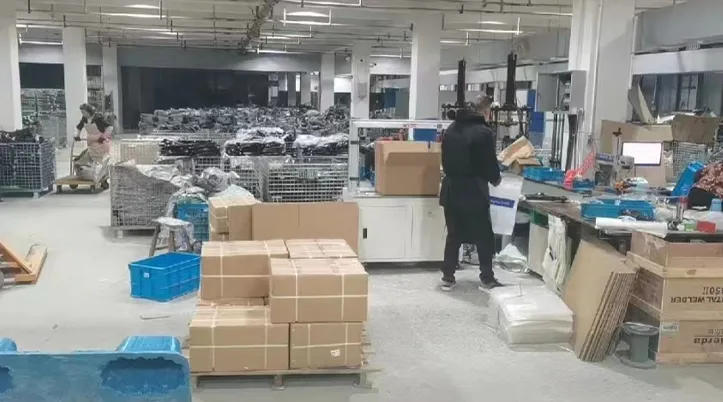off grid solar inverter design
Designing Off-Grid Solar Inverters Key Considerations and Components
Off-grid solar inverters play a crucial role in renewable energy systems, enabling users to harness solar power without relying on traditional electrical grids. As the demand for sustainable energy solutions increases, understanding the design principles of off-grid solar inverters becomes essential. This article explores the key components and considerations necessary for effective off-grid solar inverter design.
What is an Off-Grid Solar Inverter?
An off-grid solar inverter is a device that converts the direct current (DC) generated by solar panels into alternating current (AC), which can be used to power household appliances and devices. Unlike grid-tied systems, off-grid systems operate independently, making them ideal for remote areas where grid access is unavailable or unreliable.
Key Components of Off-Grid Solar Inverter Design
1. Solar Panels The primary source of energy in an off-grid system, solar panels convert sunlight into DC electricity. The selection of solar panels should consider factors such as efficiency, size, and environmental conditions.
3. Battery Bank Off-grid systems require a battery bank to store excess energy generated during the day for use at night or during cloudy weather. The type, size, and configuration of the battery bank must be carefully calculated based on the energy demand and expected solar output.
4. Inverter The inverter is the heart of the off-grid system, converting stored DC electricity from the batteries into AC power. Designers must choose between pure sine wave inverters, which provide cleaner energy suitable for sensitive electronics, and modified sine wave inverters, which are typically less expensive but may not be compatible with all devices.
off grid solar inverter design

5. Backup Generator While not always necessary, incorporating a backup generator can provide additional reliability, especially in regions with less consistent sunlight or higher energy demands.
Design Considerations
- Energy Needs Assessment Before designing an off-grid solar inverter system, it is vital to conduct a thorough energy audit to understand the total energy consumption of the household or facility. This includes considering peak loads and energy usage patterns.
- Sizing the System Properly sizing the solar panels, battery bank, and inverter is crucial to ensure that the system can meet energy needs without frequent shortfalls or overloads. This often involves calculations based on solar insolation data for the specific location.
- System Efficiency Energy losses occur at various stages of energy conversion and storage. Designers should aim for high efficiency in every component, from the solar panels to the inverter, to maximize the usable energy from the solar system.
- Safety and Regulations Compliance with local electrical codes and safety standards is necessary to ensure safe and reliable operation. This includes proper grounding, circuit protection, and the use of certified components.
Conclusion
Designing an off-grid solar inverter system requires careful consideration of multiple factors, including component selection, system sizing, and efficiency. By understanding these principles, designers can create effective and reliable off-grid solar solutions, empowering individuals and communities to harness the power of renewable energy for a sustainable future. As technology advances, the potential for off-grid systems continues to expand, providing even more opportunities for energy independence.
-
Understanding the Advantages of Solar String Inverters for Your Energy SystemNewsApr.29,2025
-
Choosing the Right PV Inverter: A Comprehensive GuideNewsApr.29,2025
-
The Future of Solar Power: Exploring Bifacial Solar PanelsNewsApr.29,2025
-
The Complete Guide to Solar Panels: Efficiency, Cost, And InstallationNewsApr.29,2025
-
The Best Options for Efficiency and Cost-EffectivenessNewsApr.29,2025
-
Harnessing the Power of Off-Grid Solar Inverters for Energy IndependenceNewsApr.29,2025







